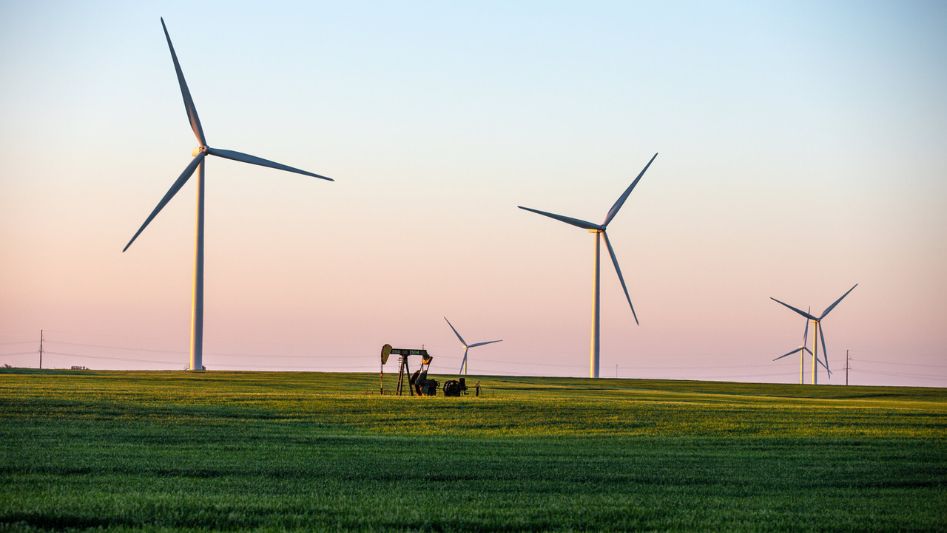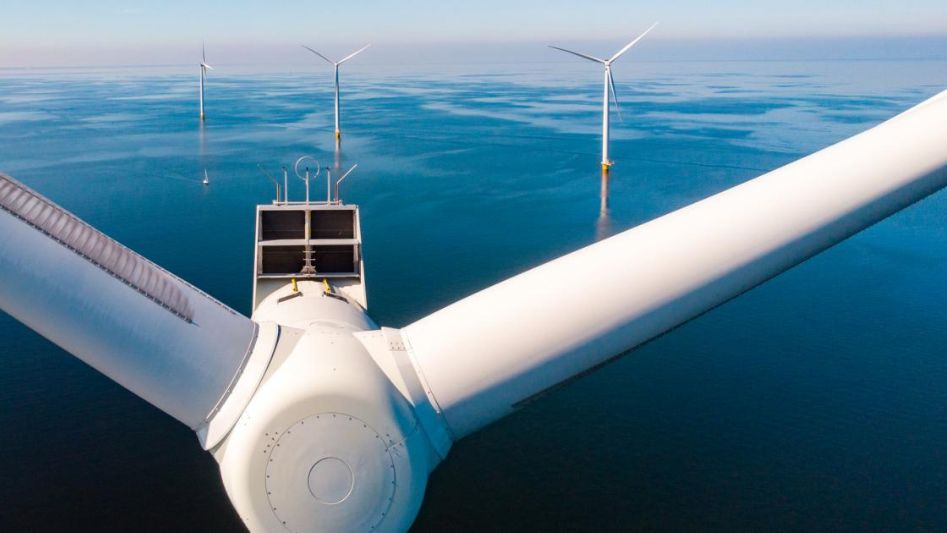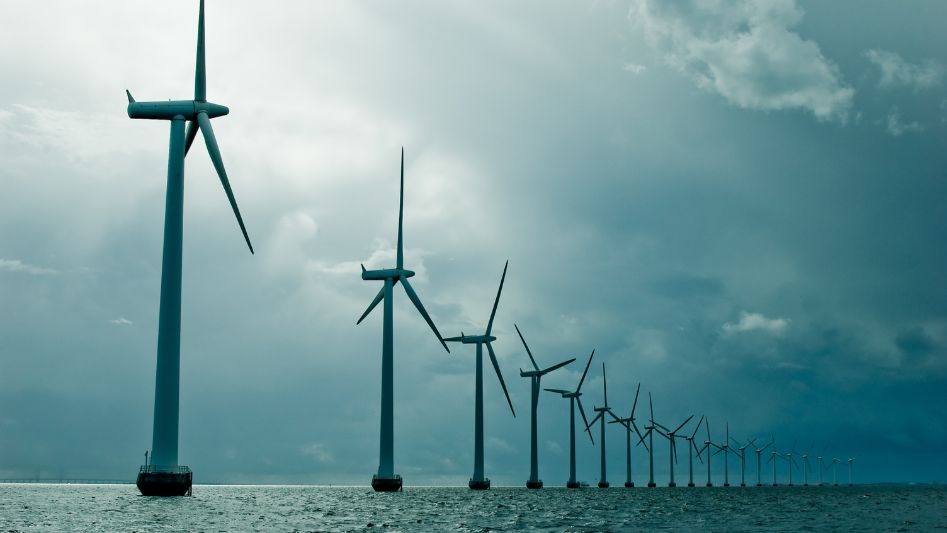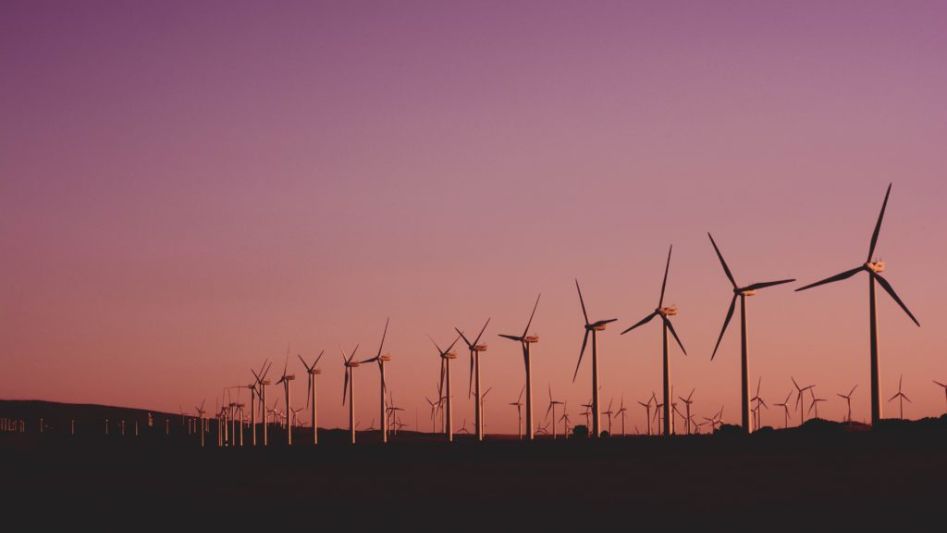Wind energy has come a long way in recent years, and it is set to play a significant role in the future of sustainable energy. As we look ahead to the coming decades, what can we expect from wind energy? In this article, we will explore the predictions and trends shaping the future of wind energy.
Table Of Content
We invite you to read: “How Wind Energy Can Contribute to a Zero-Carbon Future”

Increasing Wind Power Capacity
One of the most significant trends in wind energy is the continued growth of wind power capacity. According to the International Energy Agency (IEA), wind power capacity is set to grow by over 50% in the next five years, reaching 1,123 GW by 2026. This growth is being driven by declining costs and technological advancements that make wind power increasingly competitive with other energy sources.
Offshore Wind Power
While onshore wind farms have been the traditional source of wind power, offshore wind power is quickly becoming an essential part of the energy mix. Offshore wind farms have several advantages, including stronger and more consistent wind speeds, which means they can generate more power. Additionally, offshore wind farms have a lower visual impact than onshore wind farms, making them more acceptable to local communities. The IEA predicts that offshore wind power capacity will increase nearly tenfold by 2040, from 29 GW in 2020 to 250 GW.
Hybrid Energy Systems
As renewable energy sources become more prevalent, hybrid energy systems that combine wind, solar, and other sources are becoming more common. These systems can provide a more stable and reliable source of energy by balancing out fluctuations in wind and solar power production. Additionally, hybrid systems can be more efficient than individual wind or solar systems by sharing resources like transmission lines and energy storage.
We invite you to read: “A Beginner’s Guide to Wind Energy: How It Works and What It Powers”

Storage and Grid Integration
One of the biggest challenges facing wind energy is storage and grid integration. Wind power production can fluctuate depending on weather conditions, which can make it difficult to integrate into the existing power grid. However, advances in energy storage technologies, such as batteries and hydrogen, are making it easier to store and use wind power when it is needed. Additionally, improvements in grid infrastructure and management systems are helping to make wind energy more stable and reliable.
Technological Innovations
As with any industry, technological innovations are driving the growth and development of wind energy. From advanced turbine designs to new materials and manufacturing processes, technology is helping to make wind power more efficient and cost-effective. Additionally, artificial intelligence and machine learning are being used to optimize wind power production and reduce maintenance costs.
We invite you to read: “The Environmental Impact of Wind Energy: A Comprehensive Analysis”

Conclusion
The future of wind energy is bright, with continued growth and innovation driving its development. Increasing wind power capacity, offshore wind farms, hybrid energy systems, storage and grid integration, and technological innovations are all trends that will shape the future of wind energy. As we look ahead to a more sustainable energy future, wind power will play an increasingly critical role in meeting our energy needs.
FAQ
How is wind energy generated?
Wind energy is generated by wind turbines that convert the kinetic energy of the wind into electricity.
What are the advantages of wind energy?
Wind energy is a clean and renewable source of energy that produces no greenhouse gas emissions. It is also a cost-effective source of energy that can help reduce our reliance on fossil fuels.
What are the disadvantages of wind energy?
Wind energy can be intermittent and dependent on weather conditions, making it less reliable than other sources of energy. Additionally, wind turbines can be visually intrusive and can have an impact on wildlife.
What is the future of wind energy?
The future of wind energy looks promising, with increasing wind power capacity, offshore wind farms, hybrid energy systems, storage and grid integration, and technological innovations driving its growth and development.
You May Also Like
- How Wind Energy is Changing the Landscape of Energy Generation
- The Economics of Wind Energy: A Cost-Effective Solution for Electricity Generation
- The Pros and Cons of Vertical Axis Wind Turbines
- The Role of Wind Energy in Achieving Sustainable Development Goals
- Wind Turbine Technology: Past, Present, and Future

